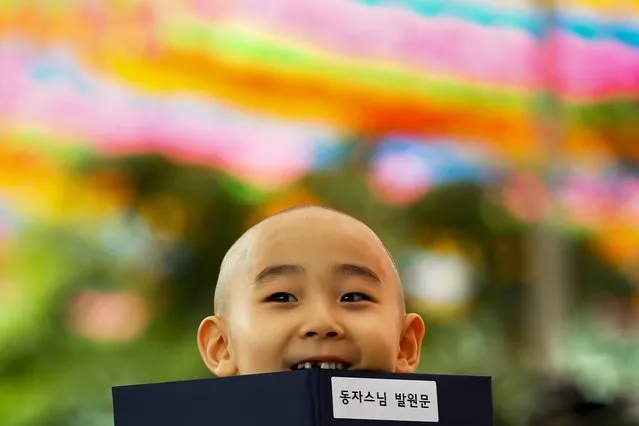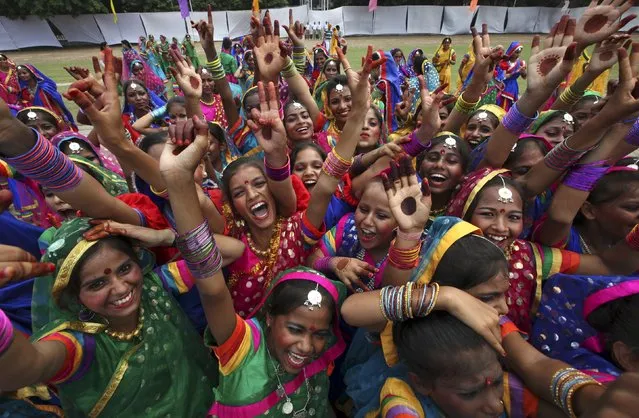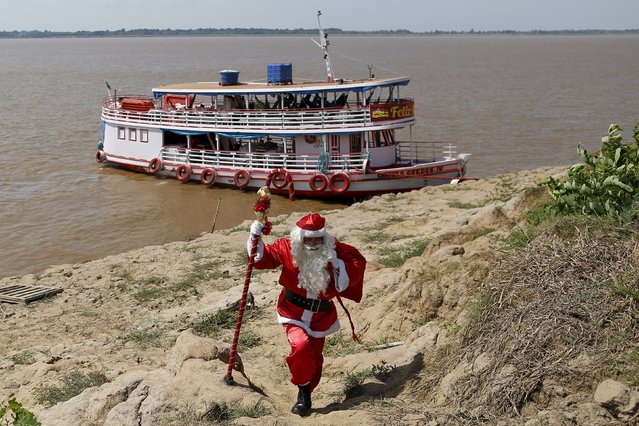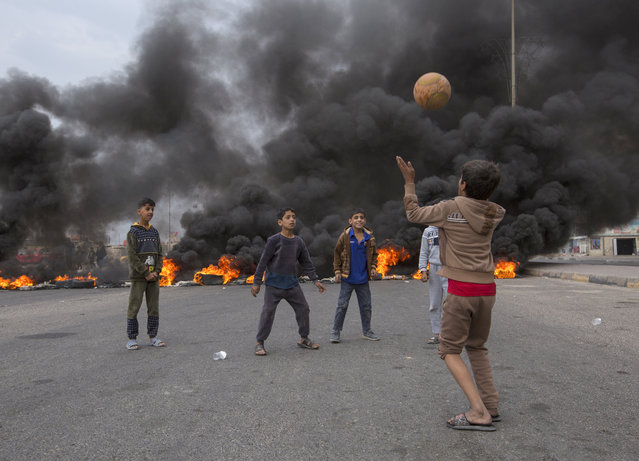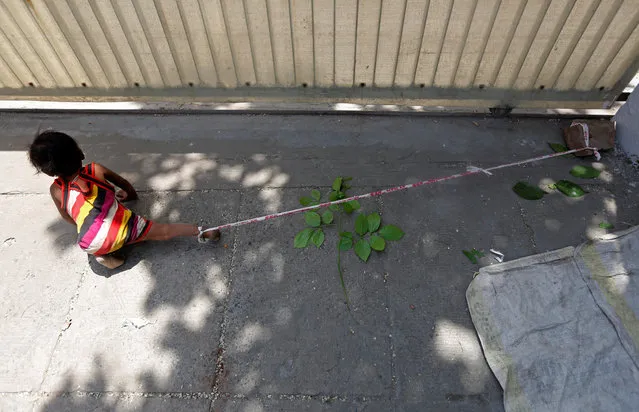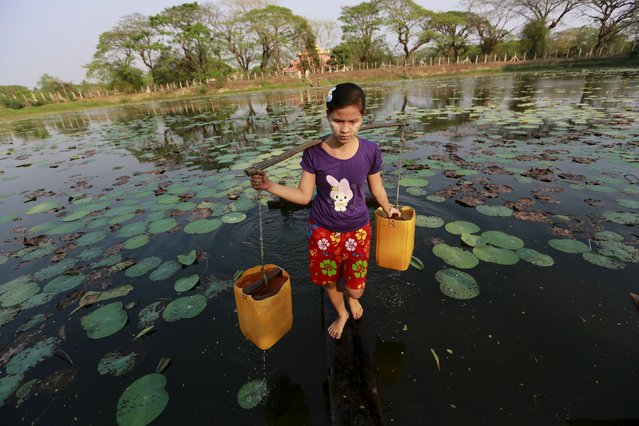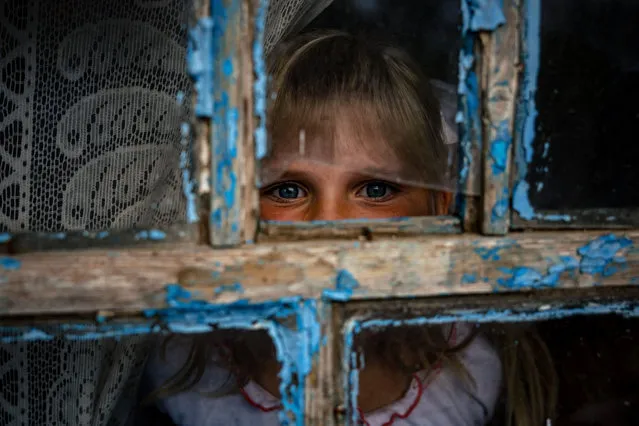
Antonina, 9, looks through a shrapnel-broken window after an online lesson on the first school day at her home in the village of Pokrovske, on September 1, 2022, amid Russian invasion of Ukraine. In Pokrovske, a tiny village of 24 people in the Mykolayev region of southern Ukraine, nine-year-old Antonina Sidorenko started school to the steady sound of cannons in this town near the front line. (Photo by Dimitar Dilkoff/AFP Photo)
15 Sep 2022 04:56:00,post received
0 comments

